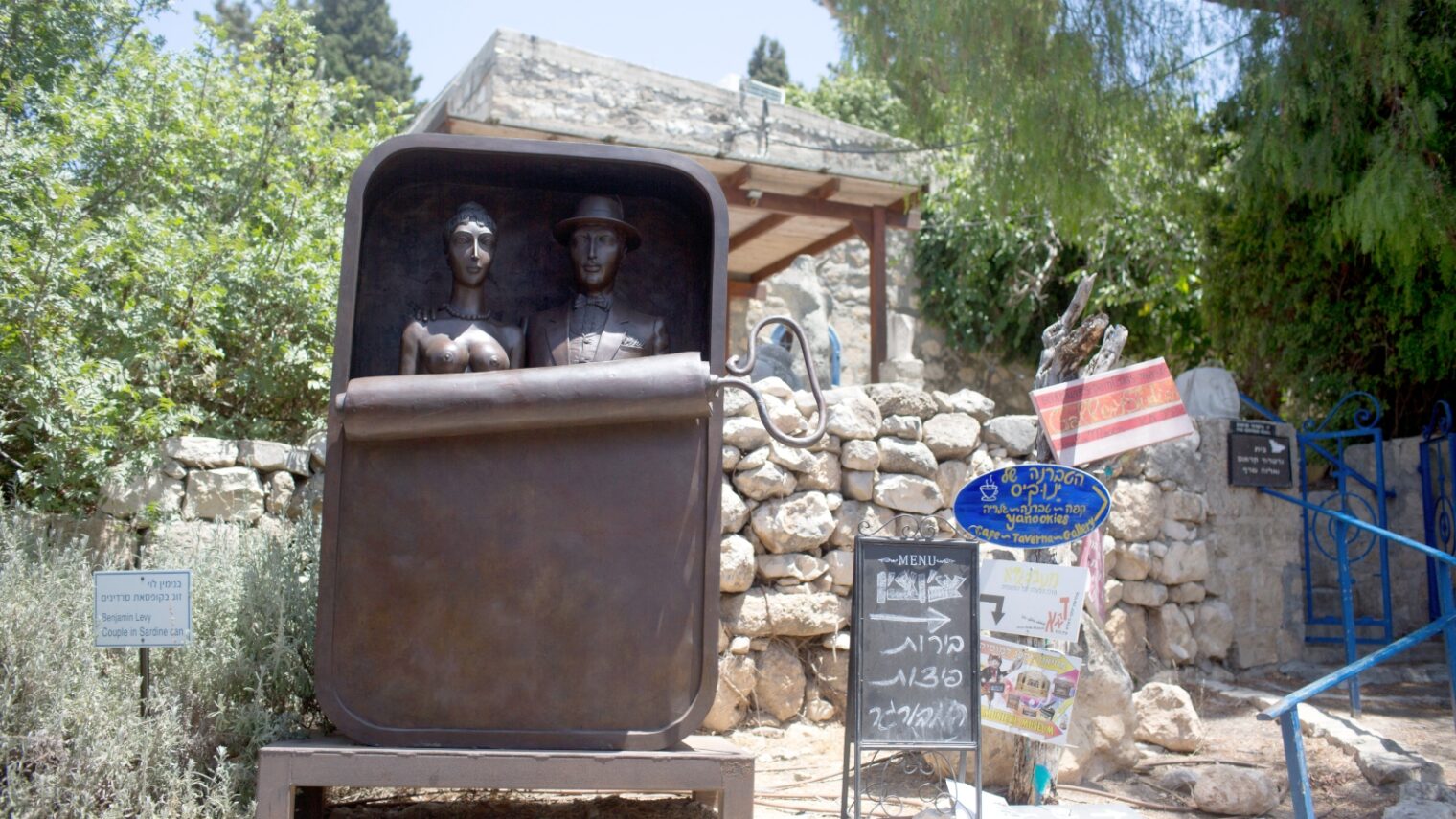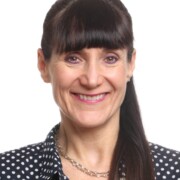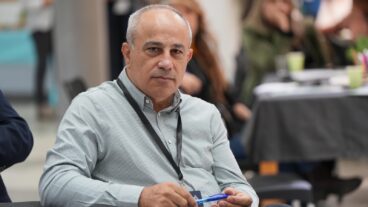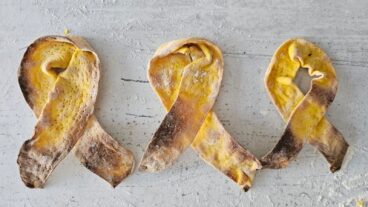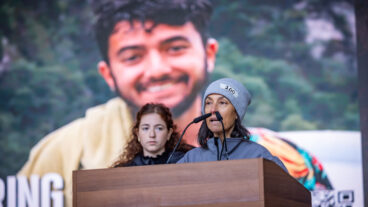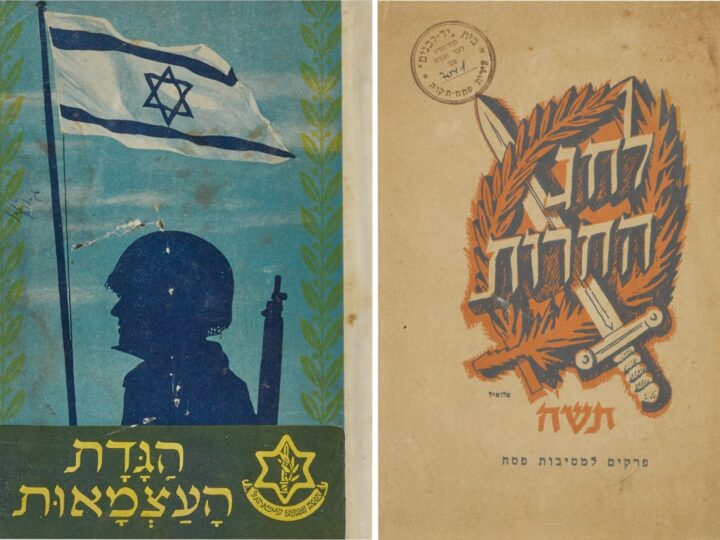A day of wandering in the Artist Village of Ein Hod is a day that will fill the senses.
Perched on a hill at the foot of Mount Carmel, the charming village looks out over the Mediterranean Sea, which sparkles turquoise and green in the distance.
The winding streets are picturesque, a mixture of ancient stones from the Christian Crusades and the Ottoman Empire, and dotted with outdoor sculptures, art galleries and studios along with cafés.
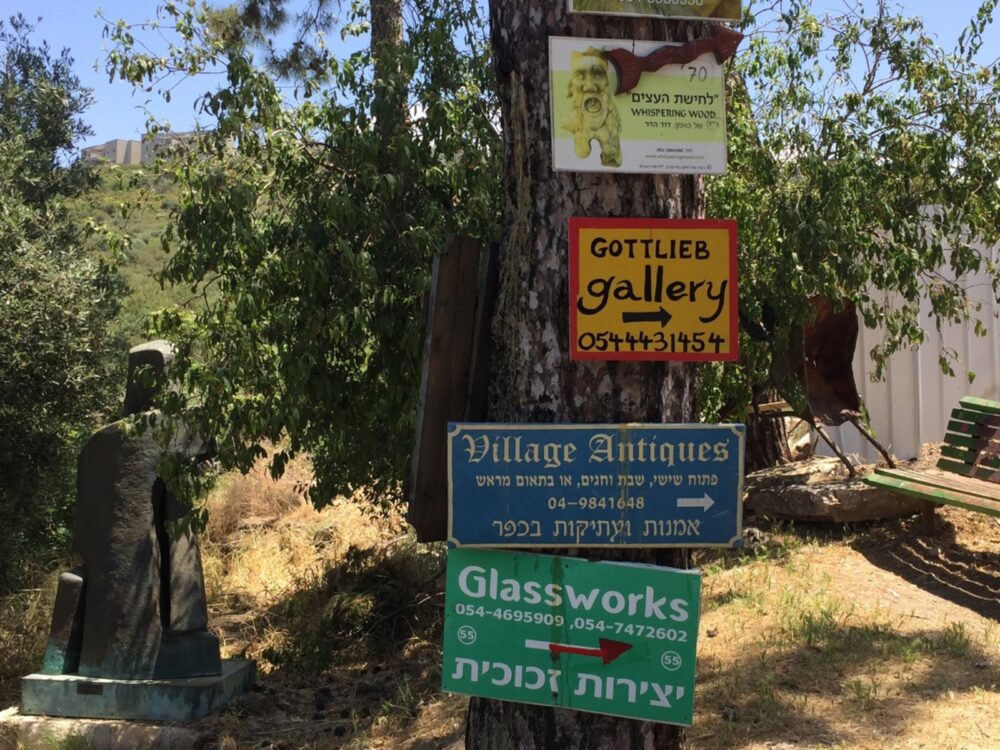
Most remarkably, Ein Hod is one of the few art villages in the world, and the only one in Israel, where resident artists span the genres of visual arts, music, dance and literature.
This haven for artists was founded in 1953. Marcel Janco, a well-known Dada artist, moved there with a group of artists and built workshops and studios in the village which had been abandoned during Israel’s War of Independence.
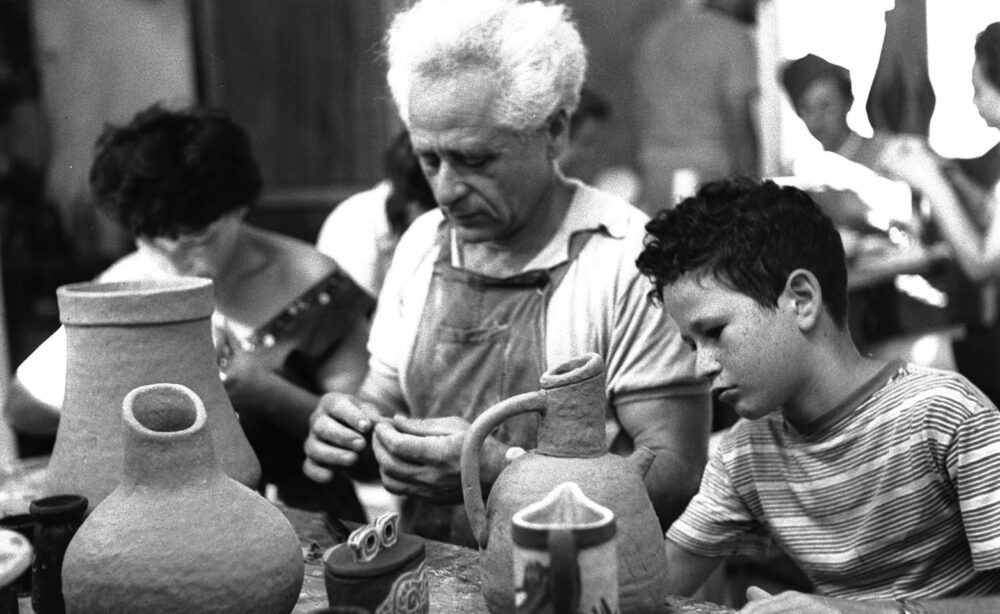
Even without funds or government support, the artists managed to survive and build a vibrant community. Today, 10 Israel Prize winners and many years later, there are several hundred families, many artists of different generations, and a rainbow-like approach to art and culture.
Some artists give workshops where people can explore and develop their own creativity.
Amazing stories
Throughout the village, there are galleries selling jewelry, clothes and pottery; at Boydem Eclectic, there are beach bags and purses made from old books.
Almog Gez curates and manages Ein Hod Gallery in the center of the village, where you can find prints, photography, ceramics, gold and silver jewelry, glass and metal design objects made by Ein Hod artists.
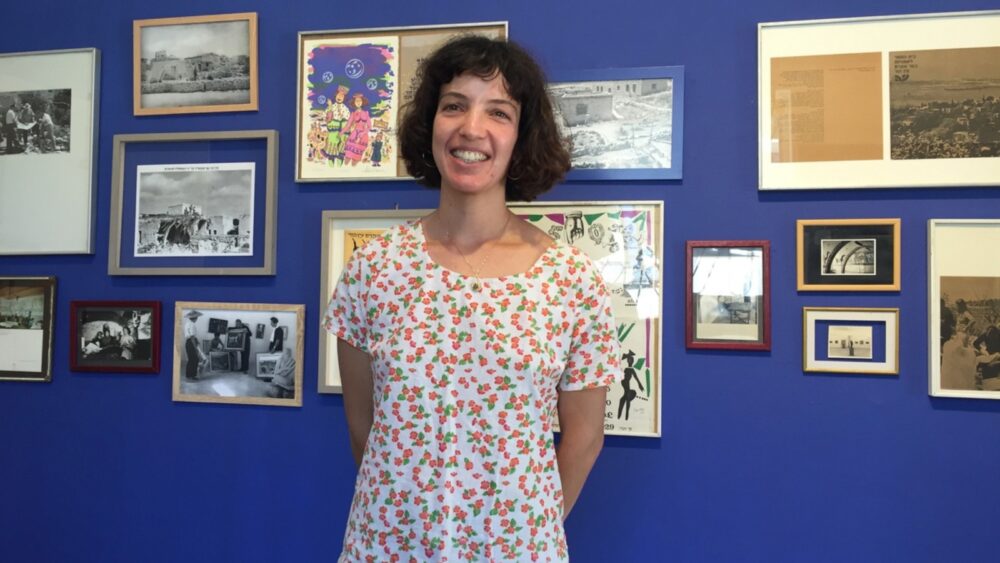
Works of historical value done by the village founders are displayed in the Ein Hod Gallery along with works by young contemporary artists. The current exhibit features art by the women who lived in the village during its early years.
“Some of the women went on to be famous and others were forgotten,” Gez said. “But each of them has an amazing story.”
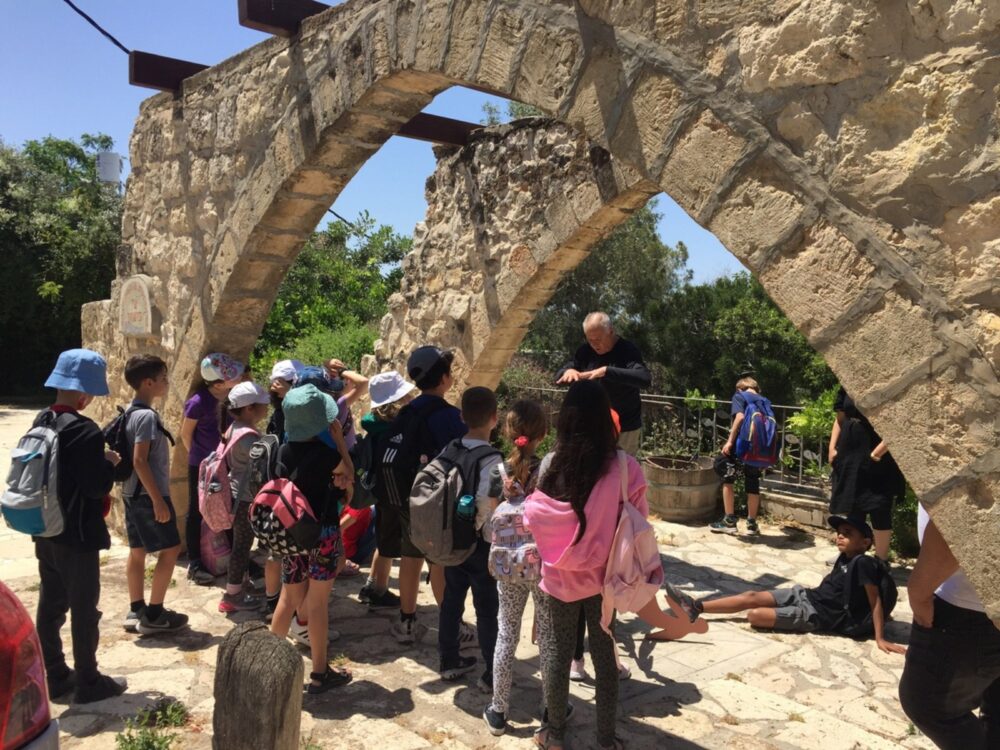
Pulling out a drawer in a cabinet, Gez also showed some of the artwork that was restored after a major renovation to the gallery. It was like searching through a chest of artistic treasures. All the items were for sale.
Gez pointed out a portrait by Yehoshua Hillel, another Ein Hod founder. Artists who visit the village remember his handcrafted paints, Zivei Hillel (The Colors of Hillel), Gez explained.
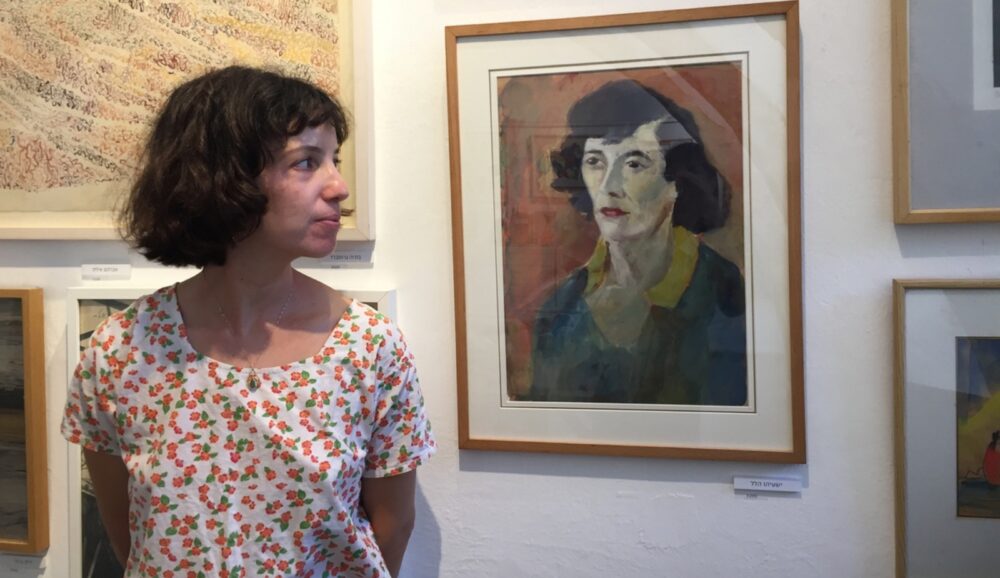
A winding alleyway leads up to the Roman-style outdoor amphitheater where there are concerts and other events. At the top is De Art Studio, where Aharon Pogoriler displays his artwork in a variety of media.
An architect born in 1944, Pogoriler started creating stained-glass windows for architectural purposes and developed a unique technology that combines fusing and painting on the glass. The atmosphere of the studio is drenched in history and a sense of his lifelong commitment to art.
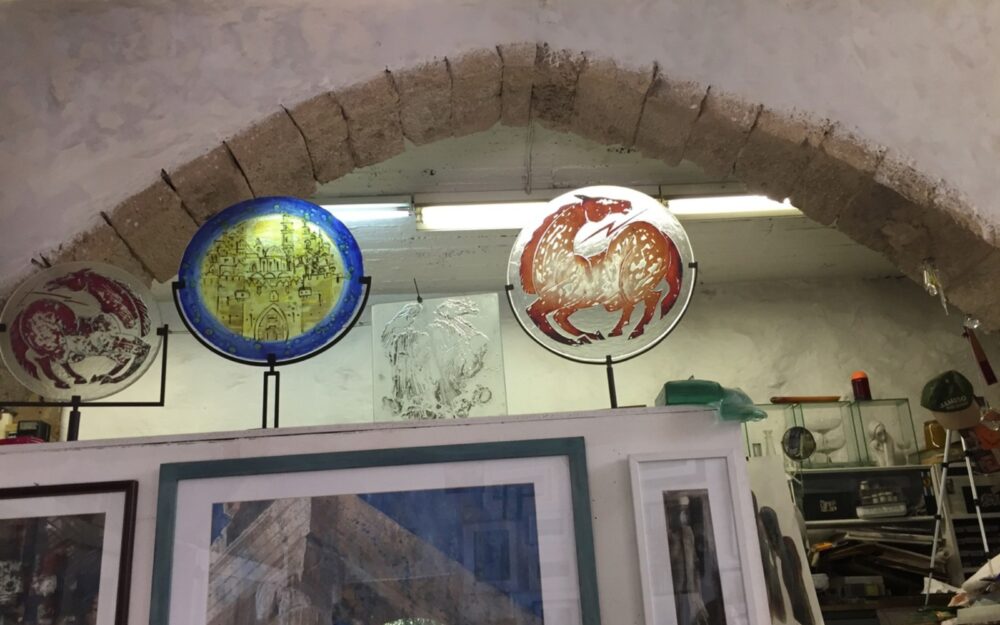
Not far away is the studio of Karine Jan, who grew up in Ein Hod. Her mother, Batia Eisenwasser-Jancourt, is a painter whose work is based on personal history, memory and cultural motifs. Her father, Claude Jancourt, restores antiques and runs a guest house in the village.
After traveling and living abroad, Jan returned with her family where she now has her own studio displaying her work on canvas and paper. She admitted that the only reason she came back to Ein Hod at first was because, “I had a little baby who wasn’t sleeping at night in Tel Aviv.” At the time, she didn’t think too much about what life would be like for her children, now 6 and 10, but now she appreciates what the village has to offer them.
@israel21c Ein Hod: Israel’s unique artists’ colony located at the foot of Mount Carmel #EinHod #ArtTok ♬ Sunroof – Nicky Youre & dazy
“They walk out in the street and watch street theater or get to know people who paint and draw,” Jan said. “Besides living near the sea, and family, they’re also exposed to so much art. It’s wonderful for them.”
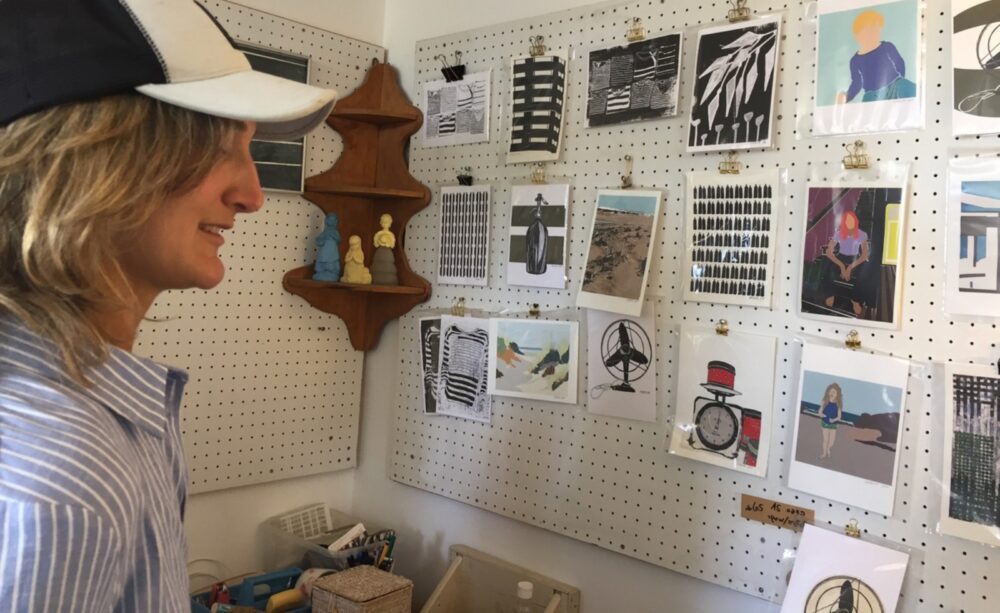
The Nisco Museum of Mechanical Music has an extensive collection of antique music pieces including gramophones, records, music boxes and a Steinway player piano.
Proprietor/collector Nisan Cohen, 94, gives lively tours and also sells his handmade musical curios such as mezuzah cases that play Israel’s anthem, “Hatikva.”
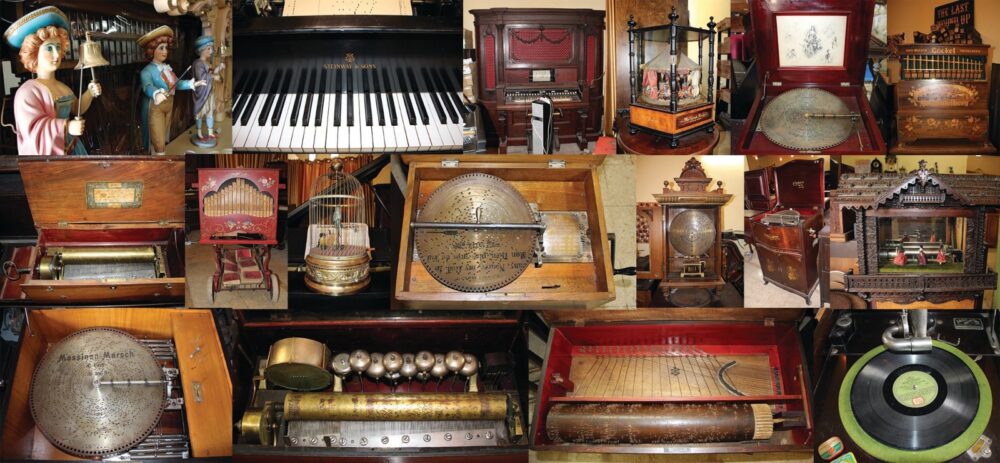
Gertrude Krauss, one of the pioneers of modern dance in Israel, came to live in Ein Hod in the 1950s. She also played the piano, sculpted and painted. Her historic house is now a shared space for three artists who live and work in the village, doing computerized 3D environments, painting and installation art.
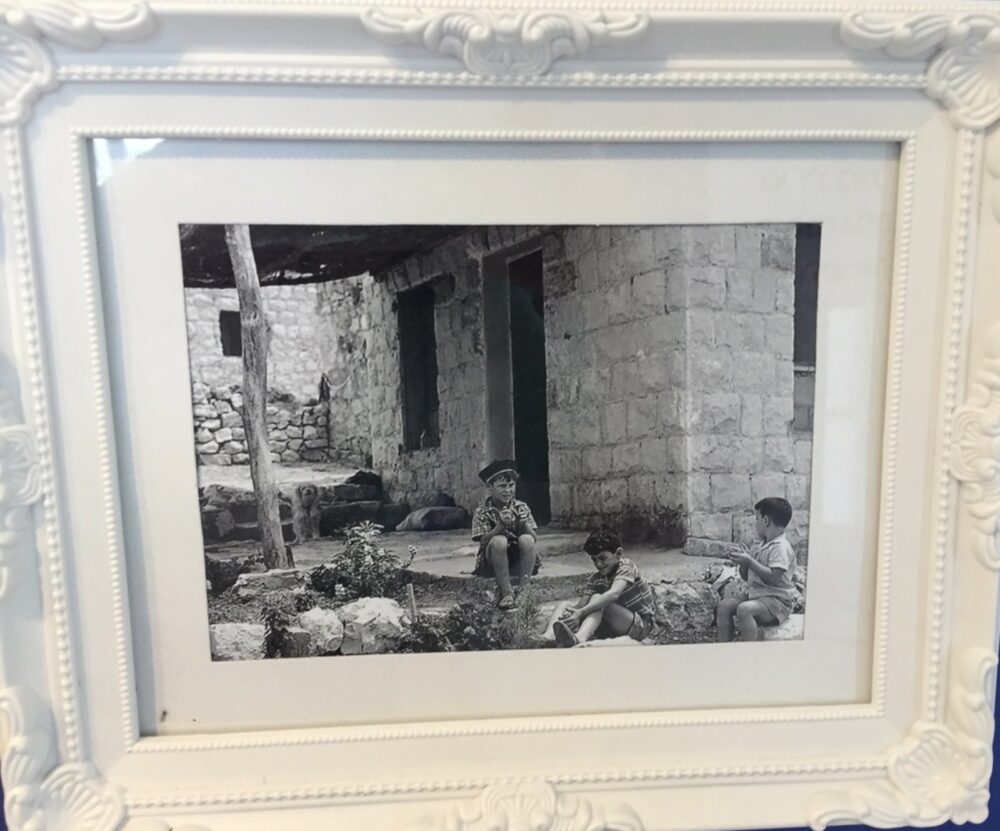
Everywhere you look there is eye candy, and as you wander through Ein Hod you breathe in the creativity of the past, present and future.
For more information, click here.




